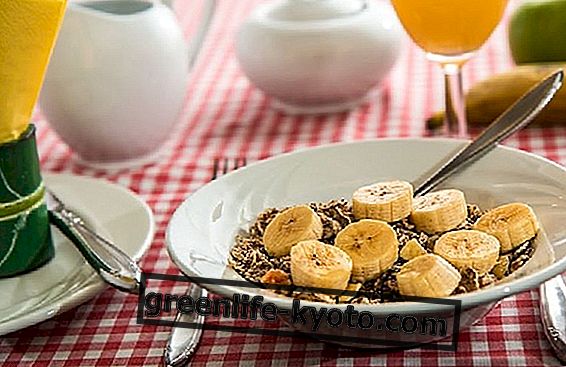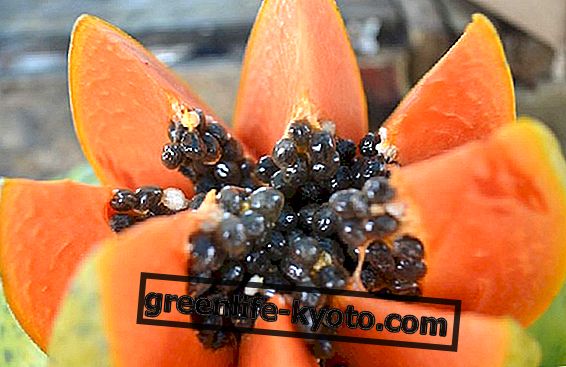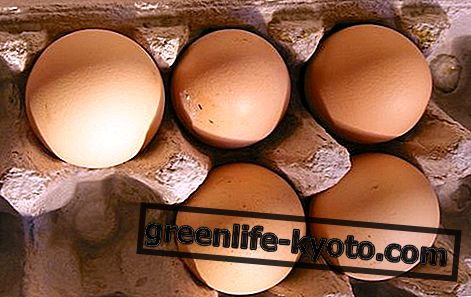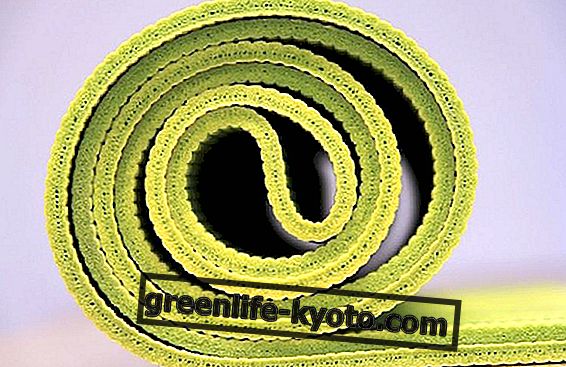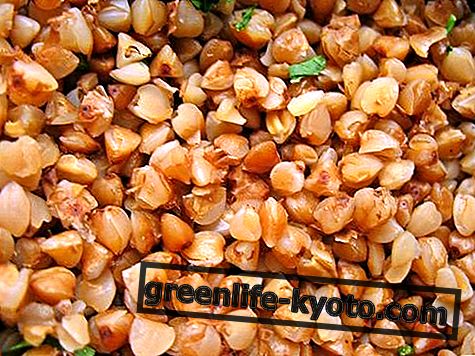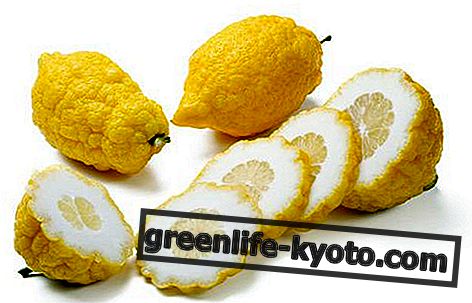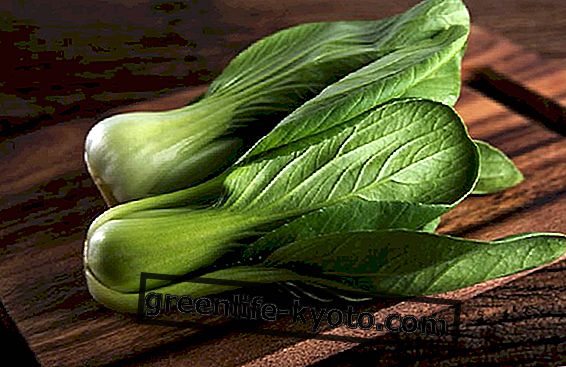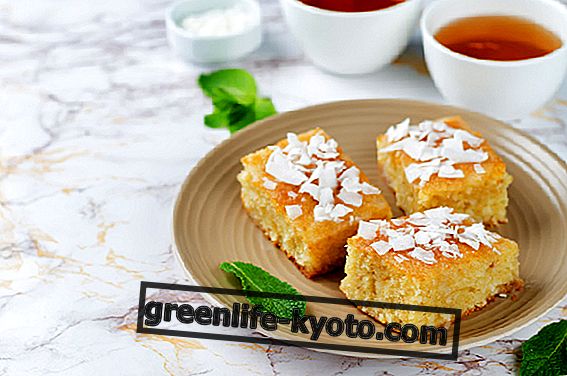Oily skin is characterized by excessive sebum production, mostly due to hormonal factors, but also to stress or anxiety. There are several natural cosmetic treatments that can help take care of them. Let's find out better.

Causes of oily skin
The excessive production of sebum by the sebaceous glands characterizes oily skin . The sebaceous glands are cutaneous appendages that are found in the dermis, the deepest part of our skin, and are more widespread around the nose, chin, forehead, scalp, between the shoulder blades and on the sternum, the skin areas which are more lucid and sometimes subject to the formation of pimples or blackheads.
The causes of abundant sebum production may depend primarily on hormonal factors, in particular excessive production of androgenic hormones, which causes acne and an increase in hair.
With increasing age, androgen production is reduced, leading to a normalization of the skin too.
Stress and anxiety that interfere with the functioning of the endocrine system, as well as an incorrect diet rich in slow-digestible foods, such as alcohol and animal fats, can also affect sebum production.
An incorrect cosmetic approach can certainly worsen the condition of oily skin; for example, a removal of the sebum through too degreasing detergents, causes what is called rebound effect, that is an even more consistent production of sebum by the skin.
Appearance and types of oily skin
Oily skin is thicker than normal, appears shiny and often has pores enlarged and occluded by excess sebum, which in some cases can lead to the formation of acne and seborrheic dermatitis .
This type of skin is less prone to wrinkles and aging, thanks to its consistency, the thickness and the continuous lubrication of the stratum corneum, the most superficial part of the epidermis.
Depending on the type of excess sebum produced, there are two types of oily skin:
- oily - when sebum is more liquid and distributed over the entire surface of the skin, it appears shiny and greasy and with large pores;
- asphyxiated - this type of skin tends to crack, remembering dry skin; in reality the small scales are composed of fat because the asphyxiated skin presents a dry and waxy sebum. Unlike dry skin, asphyxial fatty skin presents. There are also intermediate situations, which present both types of oily skin in the various areas of the face.
You can learn more about natural food supplements for healthy skin

Treatments for oily skin
It is important to treat oily skin in the correct way to prevent the skin from reacting to incorrect cosmetic treatments that can lead to hypertrophy of the sebaceous glands and to the development of problems such as acne and dermatitis.
The ideal treatment for this skin is represented by the use of substances called regulatory sebum, which are capable of acting at the level of the sebaceous glands.
In the presence of oily skin, although this appears very resistant, particularly aggressive and foaming detergents should be avoided; better to opt for purifying detergent emulsions or to use a cleansing milk or slightly foaming gel. After cleansing the face, a non-alcoholic astringent tonic based on witch hazel, burdock, sage and opacifying substances that can absorb some of the excess sebum, such as rice starch and talc, may be useful.
The cream, both day and night, must contain a reduced amount of fat in order not to favor the shiny effect of the skin and be enriched with sebum-regulating substances and absorbent sebum.
In particular, cosmetics with an antiseborrheic action may contain oils rich in Vitamin A such as carrot oil, Vitamin E and antibacterial extracts, including lavender, thyme, malaleuca or tea tree, sage, rosemary, chamomile and the yarrow.
The ideal for this type of skin is the use of a moisturizing gel based on aloe vera and hyaluronic acid enriched with the functional substances listed above. Cosmetics based on azelaic acid and glycolic acid are also very effective, especially in the case of asphyxiated oily skin.
The impure skin with acneic tendency can present spontaneous comedones, contact or acne comedones and, being inflamed, it is not recommended to proceed with masks or abrasive treatments such as scrubs or gommage. If the skin does not have acne, once a week it is instead possible to apply a mask based on green clay and disinfectant essential oils, such as those of lemon, sage, tea tree or lavender, to be kept in place for a few minutes and rinse with water lukewarm.
In the event that the skin situation does not improve and indeed tends to worsen, especially in the case of impurities and boils, it is advisable to contact a dermatologist who advises the most effective treatments to be performed.
